Every now and then there’s a visual exploration of the Choose Your Own Adventure series. It seems that each gets a bit more complex, so I appreciate the simplicity of these official maps from Chooseco, which shows the structure of each book. Atlas Obscura provides the details.
On the official maps, however, the endings aren’t coded in any way that reveals their nature. Instead, they operate according to a simple key: each arrow represents a page, each circle a choice, and each square an ending. Dotted lines show where branches link to one another.
The one above is for Journey Under the Sea. I need to dig up my CYOA collection.

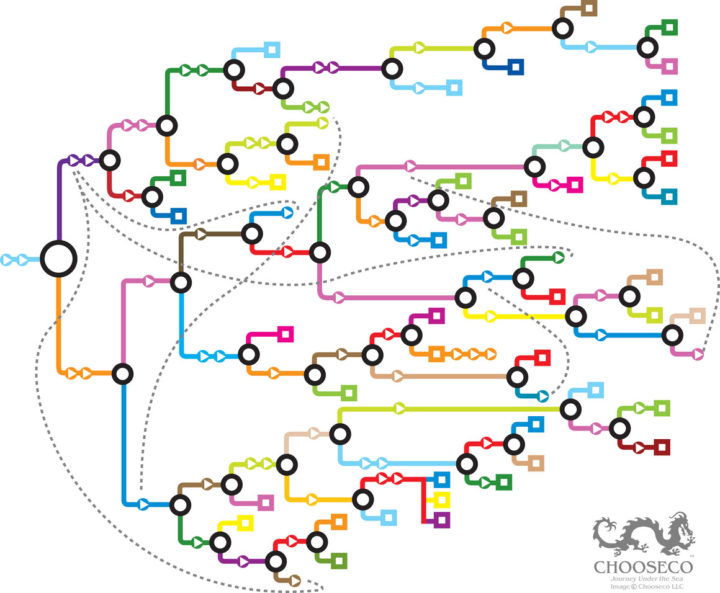

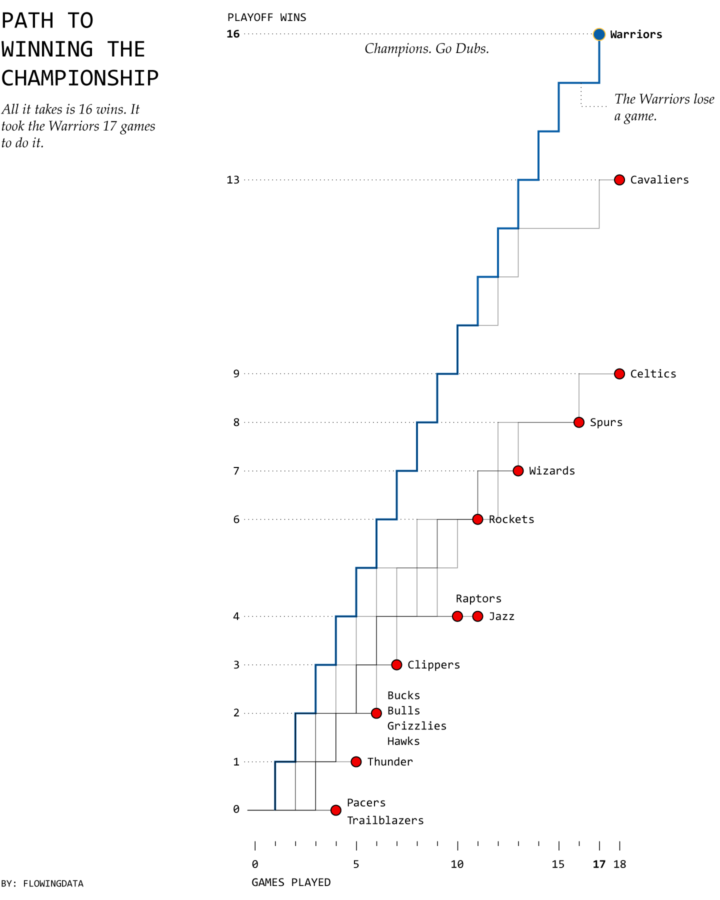
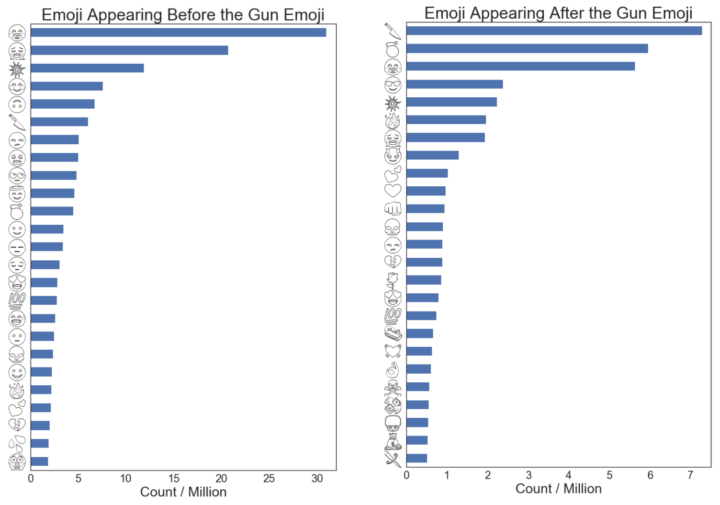
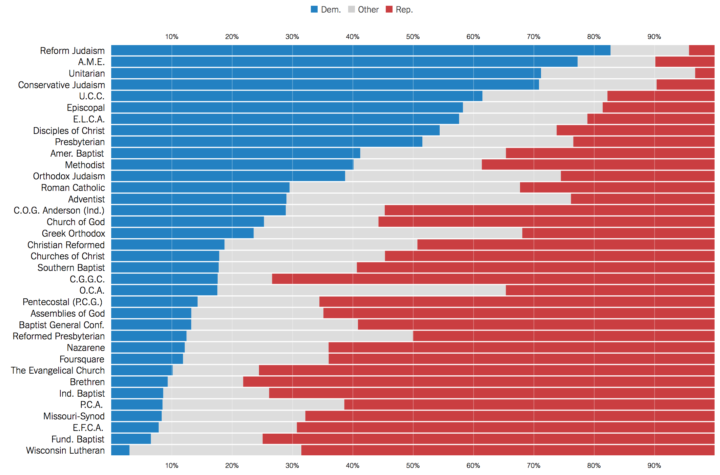

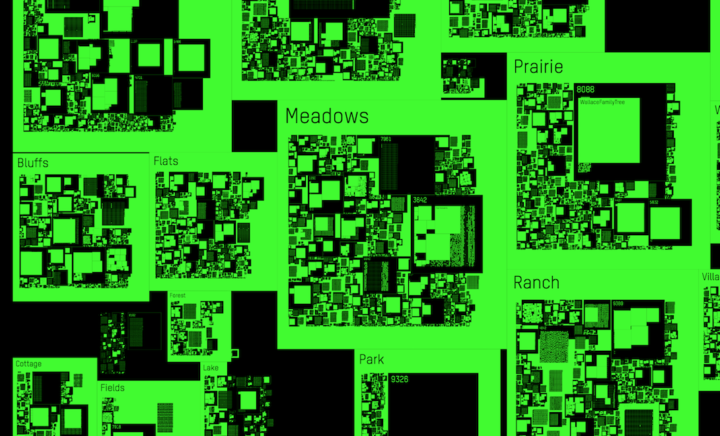


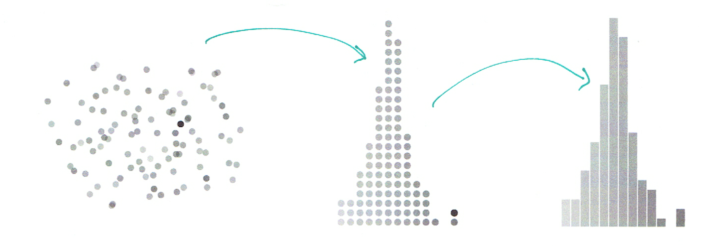
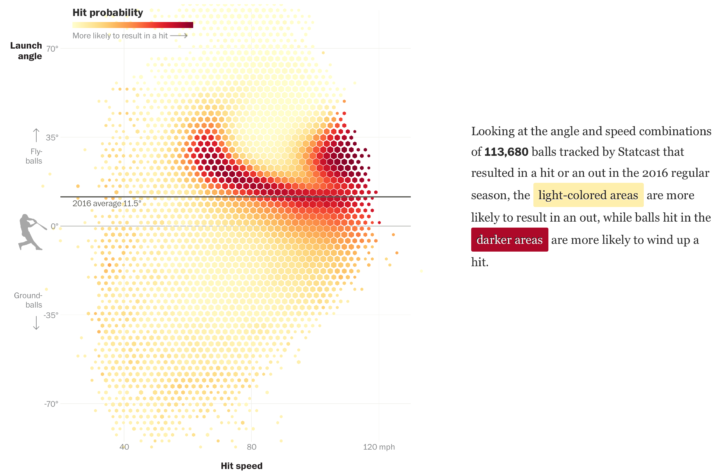
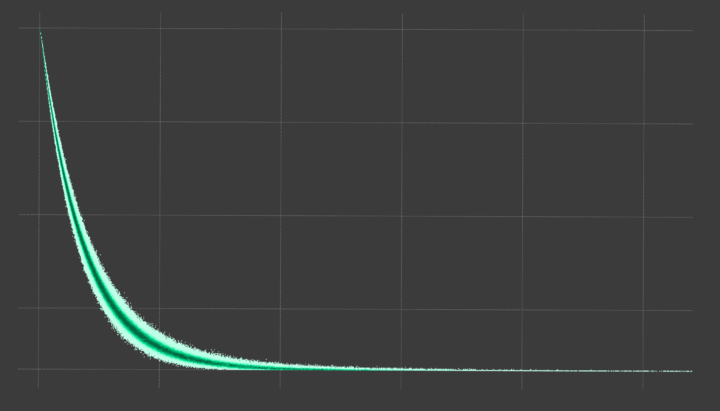
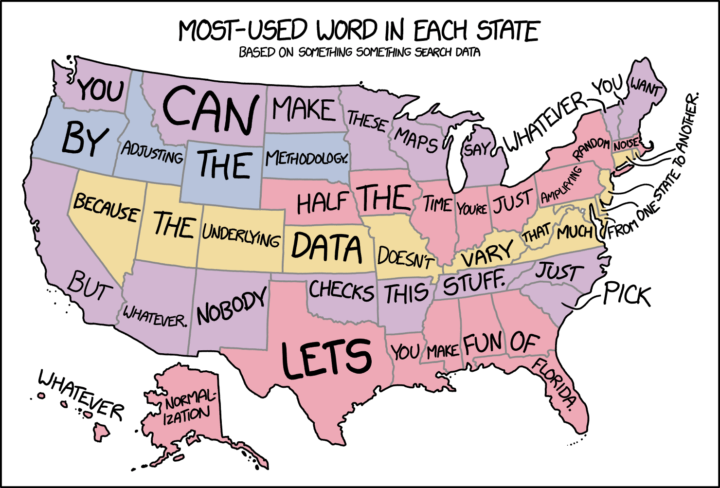
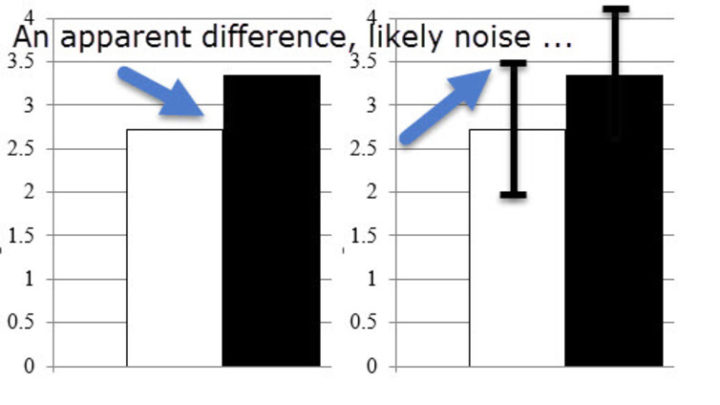

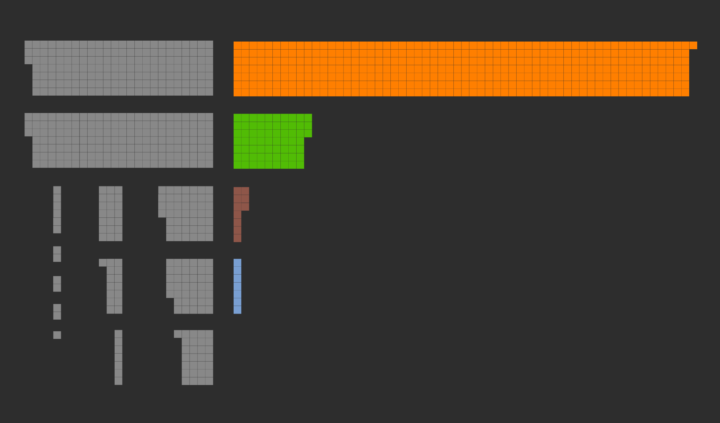
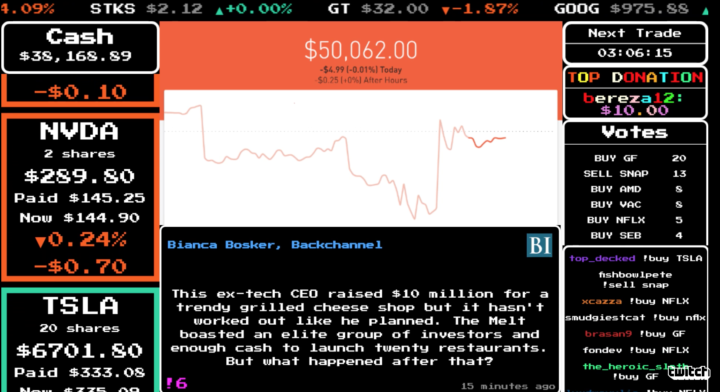
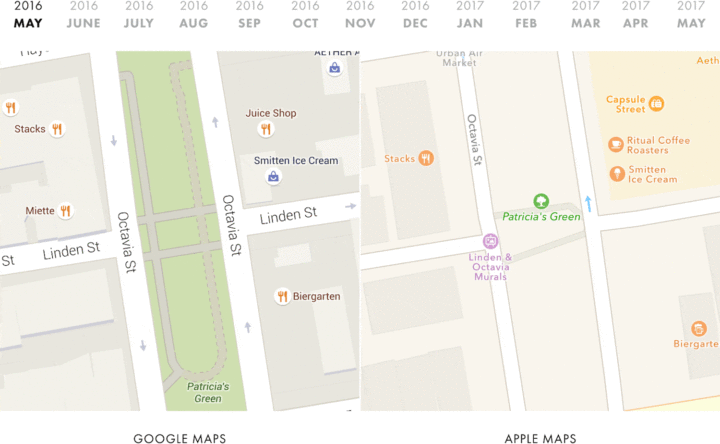
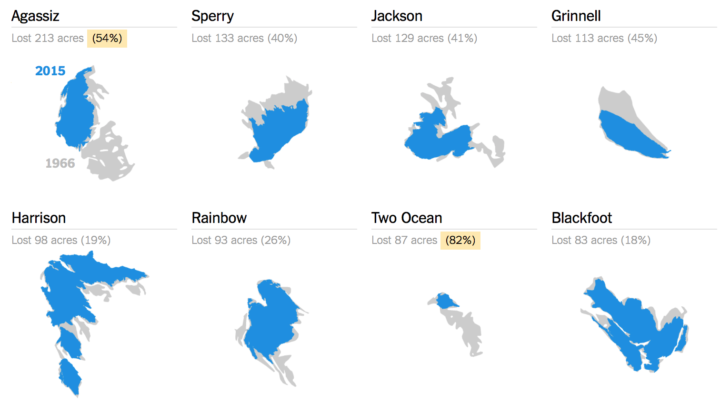
 Visualize This: The FlowingData Guide to Design, Visualization, and Statistics (2nd Edition)
Visualize This: The FlowingData Guide to Design, Visualization, and Statistics (2nd Edition)










